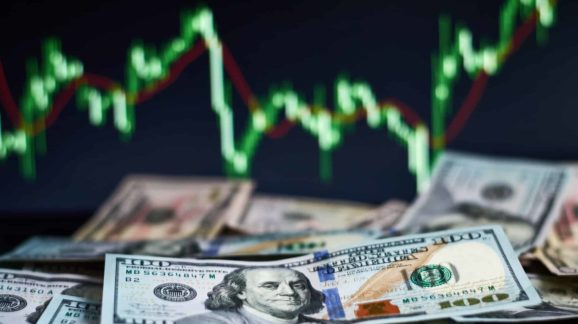CPI Inflation Indicator Hits 5 Percent: Not Stagflation, But a Useful Warning

Photo Credit: Getty
The Consumer Price Index (CPI) for May came out this morning. At 5 percent, it was higher than expected. CPI has its flaws as an indicator, but the fact that it is now the highest it has been since the 2008 financial crisis still says something useful. We’re not going back to 1970s stagflation, so nobody needs to freak out, but today’s numbers are a warning. Policy makers should listen.
Trillions of dollars of proposed new deficit spending would further increase inflation, and would mostly stimulate the politically connected. The Federal Reserve should resist political pressure to further flood the money supply in hopes of stimulating a faster COVID recovery.
The timing is also off. Most projects would not kick in until the economy is already mostly recovered anyway. While there is still a way to go, unemployment is already below 6 percent, GDP is working its way back to trend, and the return of in-person schooling this fall will allow more parents to reenter the workforce. Continued progress depends on vaccination rates, not new political projects.
Rather than producing more cash, Congress should enable more production of actual goods and services with a deregulatory stimulus, lowering of trade barriers, and incentives for more vaccinations. Almost a third of occupations now require some sort of license. These keep thousands of would-be small entrepreneurs out of the market, and make it harder for workers to find or change jobs. Financial regulations make it hard for startups and struggling businesses to find capital to grow or stay open—and higher inflation would worsen the problem. Endless permits and years-long environmental reviews are blocking infrastructure projects that could already be underway.
Tariffs left over from the Trump administration, along with new ones the Biden administration is proposing, are making cars and houses more expensive at a lousy time, and could hit billions of dollars of other goods this holiday shopping season.
Vaccination rates are the single most important factor for reopening the economy. People are itching to get back to normal, but first they need to feel safe. Remember, people didn’t wait for governors’ orders to lock down in the first place. Opening back up is also a decision people are making for themselves. Lifting government restrictions might have some impact at the margin. Politicians are not in the driver’s seat here, but there are still things they can do. Some states have tried incentive programs, like lottery drawings and free goods. These are already having a positive impact in communities, saving lives and letting people open back up. More of these would speed the process more than inflation would.
An inflationary boost is tempting for politicians because it is easy. It takes hard work to make substantive reforms to regulation and trade policy and to reach out to vaccine-hesitant people and ask them to do the right thing. But what is worthwhile is rarely easy. While today’s inflation news is not doom-and-gloom, it is cause for concern. We are at an inflection point. Will Congress and President Biden do the right thing?
For more, see my recent explainer on how inflation works, and my recent op-ed on how to stimulate the economy without new spending.